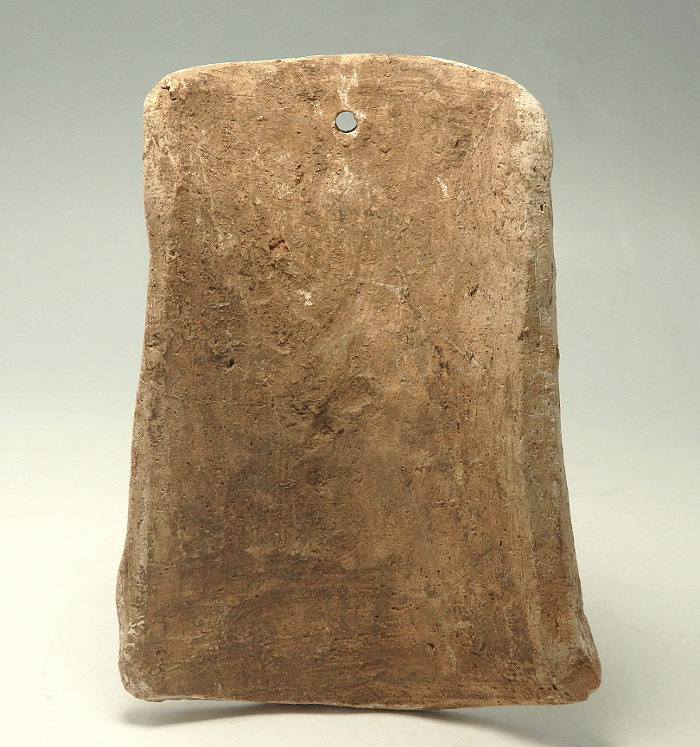

Sybaris (721) and Crotona (703) were Achaean settlements Locri Epizephyrii (about 710) was settled by Ozolian Locrians, so that, had it not been for the Dorian colony of Tarentum, the southern coast of Italy would have been entirely occupied by a group of Achaean cities. After this the energy of Chalcis went onward to Sicily, and the states of the Corinthian Gulf carried out the colonization of Italy, Rhegium having been founded, it is true, by Chalcis, but after Messana (Zancle), and at the request of the inhabitants of the latter. 1 The trade for a long time was chiefly in the hands of the Euboeans and Cyme (Cumae) in Campania was founded in the 8th century B.C., when the Euboean Cyme was still a great city. At an early time a trade in copper was carried on between Greece and Temesa (Homer, Od.

The Greek colonies were established first as trading stations, which grew into independent cities. The interior, which the Greeks never subdued, continued to be in the hands of the Bruttii, the native mountaineers, from whom the district was named in Roman times ( Bperrfa also in Greek writers). Woodhead, The Greeks in the West (1962).MAGNA GRAECIA µey tXi `EXX6), the name given (first, apparently, in the 6th century B.C.) to the group of Greek cities along the coast of the "toe" of South Italy (or more strictly those only from Tarentum to Locri, along the east coast), while the people were called Italiotes ('IraXeivrac). Randall-MacIver, Greek Cities of Italy and Sicily (1931) T. BC those colonized locally are perhaps a century younger)-on the east coast from north to south, Tarentum (colonized from Sparta), Metapontum (from Achaea), Heraclea (from Tarentum), Siris (from Colophon), Sybaris (from Achaea), Thurii (from Athens, replacing Sybaris), Crotona (from Achaea), Caulonia (from Crotona), Epizephyrian Locris (from Locris) on the west coast from north to south, Cumae (from Chalcis), Neapolis (now Naples from Cumae), Paestum, or Posidonia (from Sybaris), Elea (from Phocaea in Ionia), Laos (from Sybaris), Hipponium (from Epizephyrian Locris), and Rhegium (now Reggio de Calabria from Chalcis). The following are the chief cities of Magna Graecia (those colonized from Greece, except Thurii and Elea, go back to the 8th or early 7th cent. Through Cumae especially, the Etruscans of Capua and the Romans came into early contact with Greek civilization. BC, that of Parmenides at Elea and that of Pythagoras at Crotona. Magna Graecia was the center of two philosophical groups in the 6th cent.

Only Tarentum (now Taranto) and Cumae remained individually very significant. Unlike Greek Sicily, Magna Graecia began to decline by 500 BC, probably because of malaria and endless warfare among the colonies.

They were on both coasts from the Bay of Naples and the Gulf of Taranto southward. BC founded a number of towns that became the centers of a new, thriving Greek territory. The Greek overseas expansion of the 8th cent. Magna Graecia (măg´nə grē´shə), Greek colonies of S Italy.


 0 kommentar(er)
0 kommentar(er)
